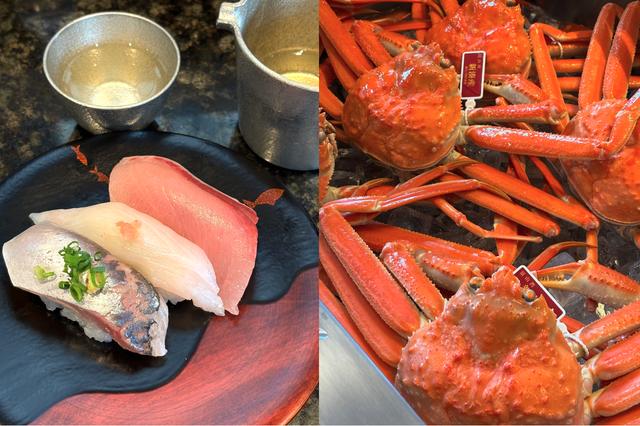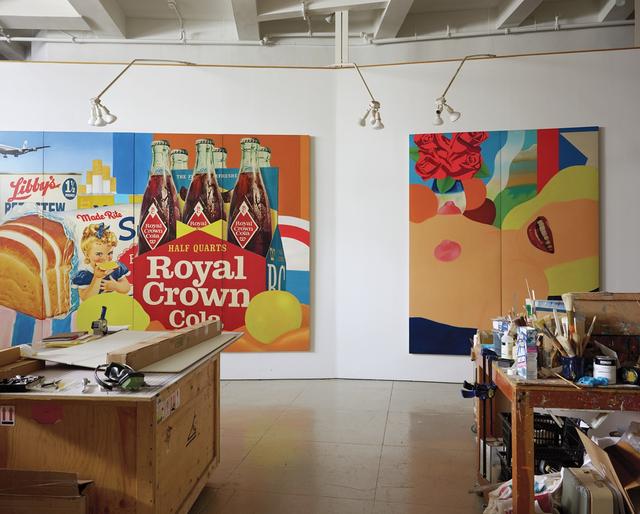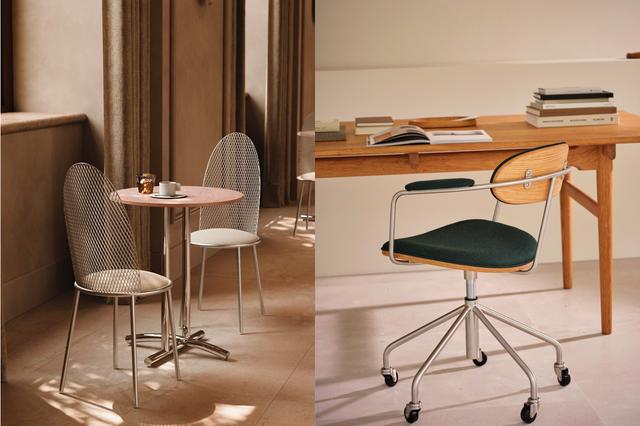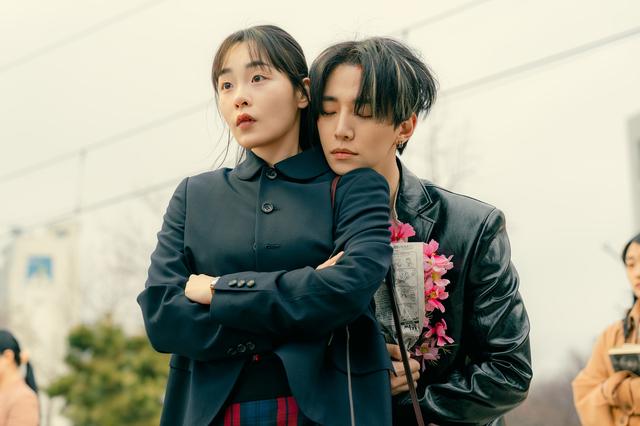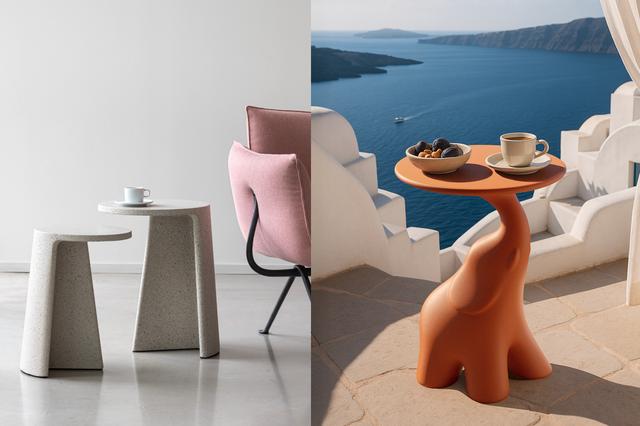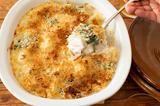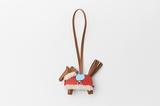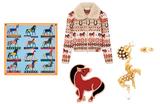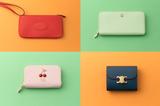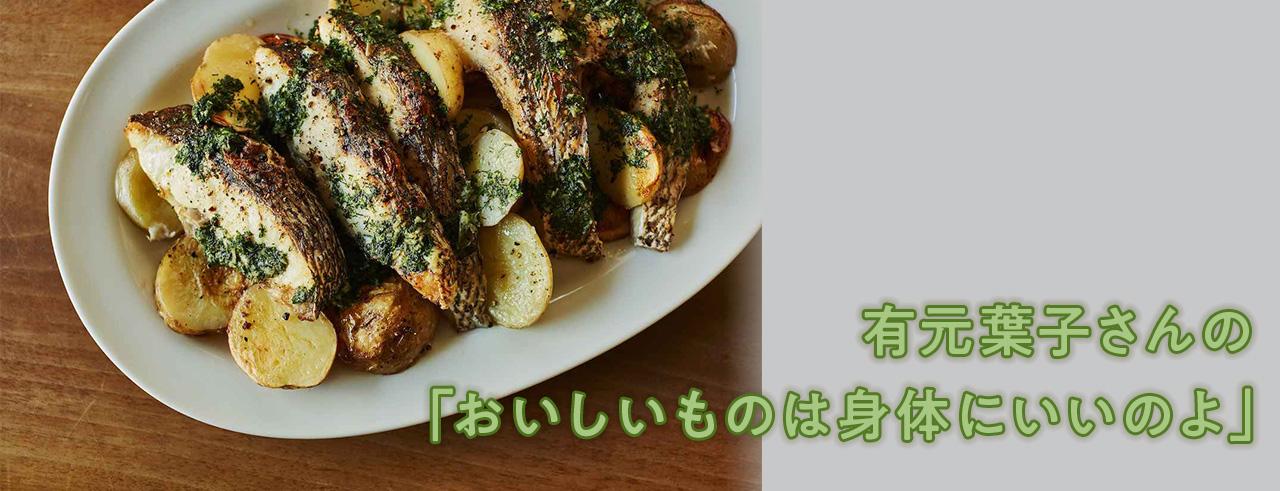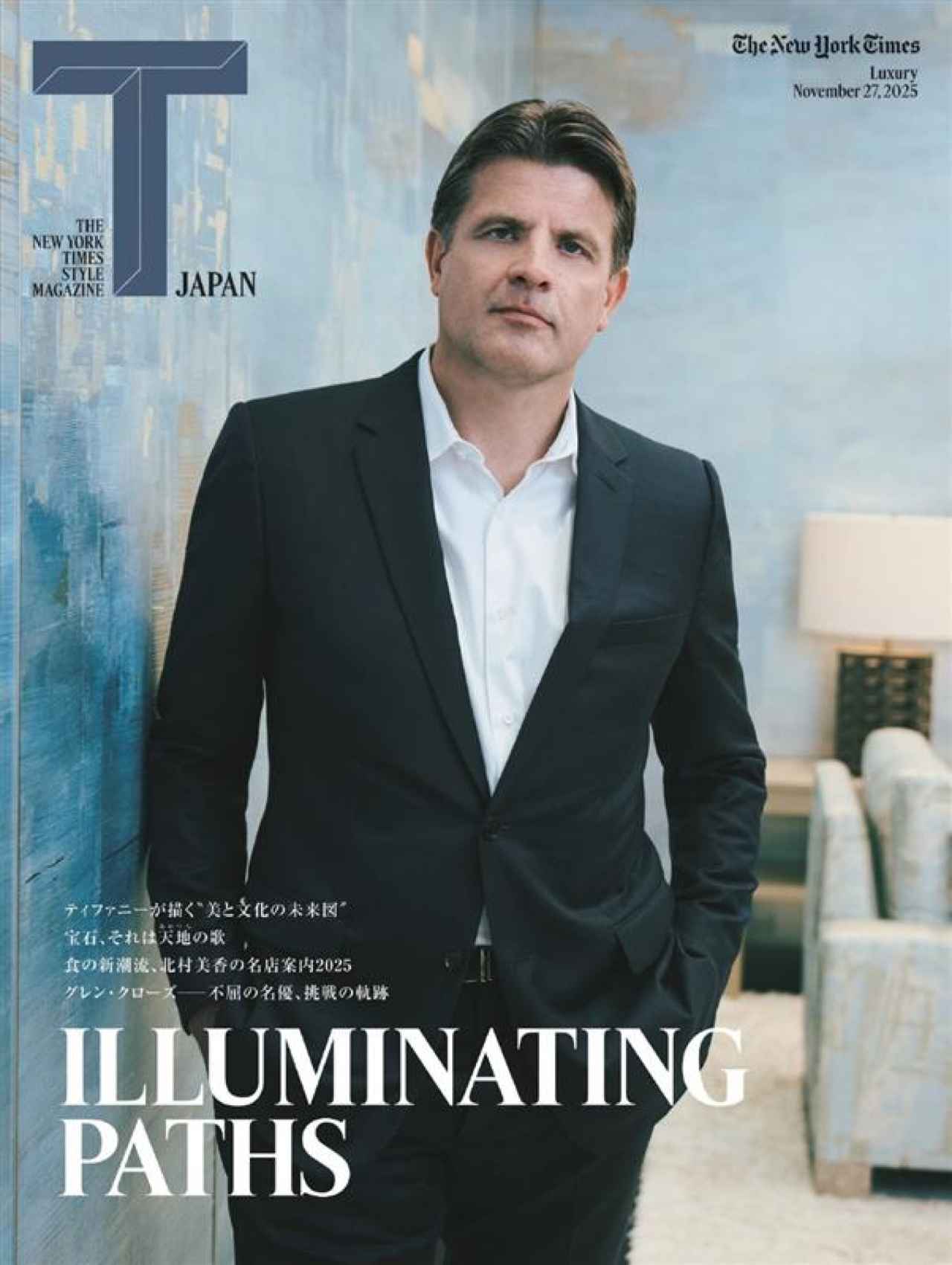BY MASANOBU MATSUMOTO, PHOTOGRAPHS BY MIE MORIMOTO, TRANSLATED BY NAOKI MATSUYAMA
The answer to this question was connected to Araki’s comment, that he wanted to “thank the manga world,” made in relation to the exhibition. “Gratitude to the manga world is directed to the young manga artists who are bringing excitement to the industry, and of course to my predecessors too. The idea for JoJo was born of the desire to depict something different, something that doesn’t resemble the works of Osamu Tezuka, Fujiko Fujio, Tetsuya Chiba, or Katsuhiro Otomo—all great masters that I used to read. It simply wouldn’t have been possible without such predecessors.” The expression ‘something different’ does not imply that Araki is against the past masters. It rather points to the fact that the origin of JoJo lies in the process of creating ‘something new’ within the lineage of manga’s classic appeal, expression, and style, which Araki scrutinized in a highly logical manner. “Looking back, so many manga artists of the 1970s and 1980s were geniuses. It was also an era in which new forms of music and fashion emerged incessantly. Maybe making a debut and beginning to work on JoJo around that time was good for me.”

“Part 1: Phantom Blood” from Shūkan Shōnen Jump, Vol. 46, 1987.
The scene where the protagonist of Part 1, Jonathan Joestar, dies. It attracted significant attention as it was uncustomary for the protagonist to die in shōnen manga (manga for boys).
© HIROHIKO ARAKI & LUCKY LAND COMMUNICATIONS / SHUEISHA
Araki mentioned horror films as another one of the sources of inspiration from that era. The 1980s are known to be a period of rapid development for horror film, as low budget experimental works were produced one after another. “I even imported videos of films that were not released in Japan. I was particularly attracted to zombie films. In zombie films, dead people come back to life and everyone is equal as there are no bosses, so the basic philosophy and rules of human society are turned on their head.” He also acknowledges that the various aspects of the bubble economy had an impact. That was translated into the rejection of the tournament format, which was at the time regarded as a crucial element of a popular shōnen manga. In a tournament format, the protagonist defeats a strong opponent and then goes on to fight an even stronger one. This would ultimately lead to an inflation of power, and the collapse of the narrative. Araki, instead, adopted a method where the protagonist encounters enemies during his journey, fights them in a more unpredictable sugoroku (a table-top game similar to snakes and ladders) format, and employs wit rather brute force.

In the studio’s bookshelves aredifferent reference materials regarding architecture, interiors, and vehicles from around the world. A book on table manners, found in the shelves, is suggestive of Araki’s attitude of seeking a profound sense of reality.

Araki at the studio where he usually draws his manga.
In general, he does not employ digital tools. He commutes here on foot.
Araki thus seems to have succeeded in creating a sense of contemporariness and reality that directly links to the world we live in by incorporating elements from philosophy, economy, and the natural sciences. “When you draw a tree, it ends up looking weird if you don’t thoroughly observe how the branches are attached. To draw is, in that sense, something like a chemical experiment. In many ways, I learn by drawing. My ideal is to portray the world of JoJo based on an idea or theory that unifies everything from the natural sciences, to philosophy and economy. Manga pertains to fantasy, to the fictional. But when it is drawn based on a unified idea or theory, the characters, in a strange way, begin to feel as though they truly exist there. That’s what’s really fun, and that’s what I always seek when I draw.”



















